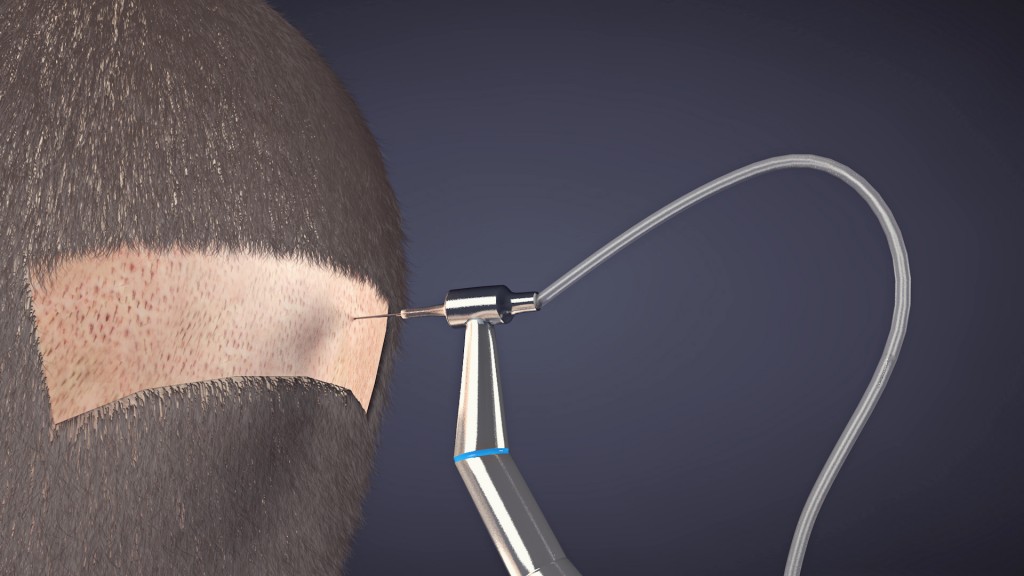
Over the past several decades, advancements in surgical hair restoration techniques have meant much more natural results for patients. While the traditional, surgical method for harvesting donor hairs may be the most widely-known, the NeoGraft follicular unit extraction technique (or FUE) is gaining more traction among physicians and patients alike. The procedure is painless, results are natural, and no surgery is required to extract donor hairs.
If you’re looking into your hair transplant options, it’s important to understand the difference and speak with a doctor in order to decide what’s right for you. Here’s what you need to know to make an informed decision on FUE.
Neograft Hair System Is Less Invasive, but Just as Permanent
The traditional “strip method” of hair replacement requires using a scalpel to remove a portion of the scalp and suturing the wound with stitches or staples. Patients tend to experience a slow recovery time, loss of feeling at the incision site, a linear scar on the back of the head, and some post-operative pain.
Many hair transplant specialists have switched over to the automated NeoGraft system because it is the only FDA-approved, low-risk, automated medical device for hair restoration. The process has generally regarded as safe, painless, accurate, and to produce natural-looking results.
The NeoGraft system works by extracting hair follicles from the hair at the back or side of the head, where it is genetically programmed to continue growing, and transplants them to the chosen area through suction technology. NeoGraft can give men and women of all ages a “full hair” look on the scalp, eyebrows, facial area and chest. It can also be used to combat hair loss caused by burns, radiotherapy, chemotherapy, and alopecia.
Seek Out an Experienced Specialist With an Eye for Detail
A qualified NeoGraft practitioner will have an excellent eye for detail and will understand the many aesthetic subtleties of hair restoration – the distribution of transplanted hairs, the angle growth of the transplants, and the design of the new hairline, for instance.
An automated procedure like NeoGraft can be 50% faster than manual procedures and has a lower risk of error. Be wary of centers that hire technicians with no medical training to perform procedures – it happens surprisingly often. There are plenty of other centers (including ours, in Westchester!) that ensure all clients are treated by highly qualified experts who have undergone advanced training in the NeoGraft hair transplant system and have many years of experience.